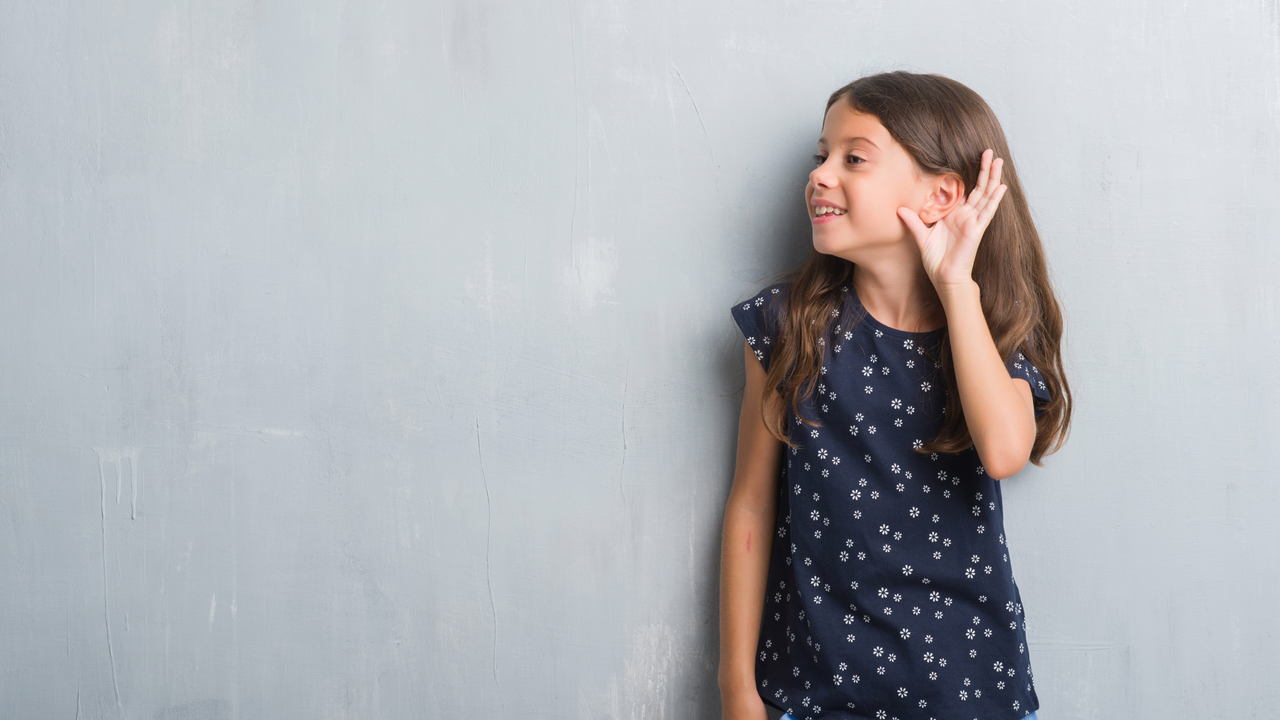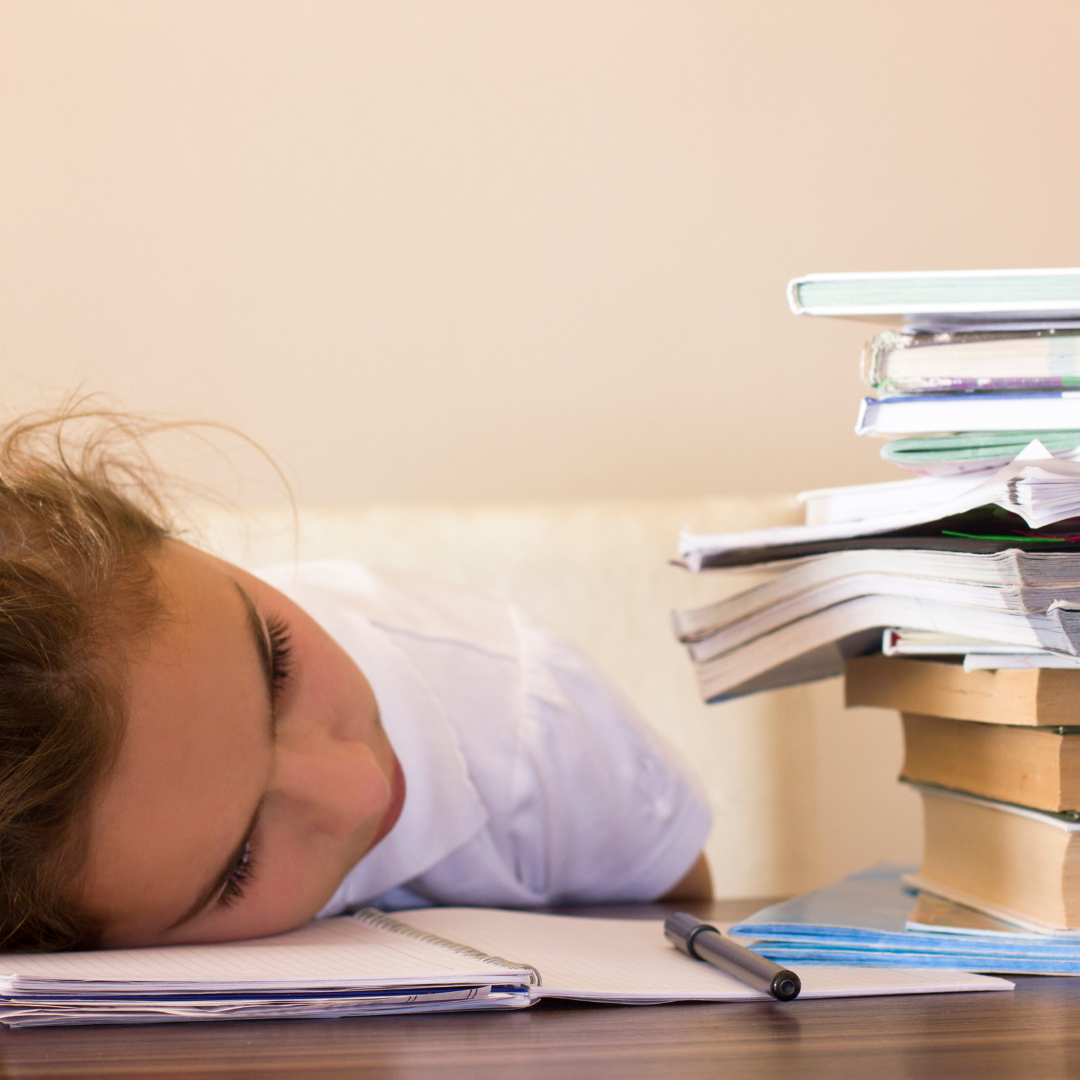Impact of Unilateral Hearing Loss
Sep 06, 2023
While bilateral hearing loss is more well-known than unilateral, it isn't the only form of hearing loss or impairment. Children with unilateral or mild hearing loss can appear “normal”, even in early years of development. However, as children begin to listen and respond to sounds in their environment, they may struggle to process language through one ear. This blog will begin to take a look at the impact that Unilateral Hearing Loss can have on a child as they are in their crucial developing years.
First things first…
What is Unilateral Hearing Loss (UHL) and is it different from Single Sided Deafness (SSD)?
Unilateral Hearing Loss (UHL) is used to indicate ALL children who have hearing loss in one ear, and specifically for those with any residual hearing. Single-sided deafness (SSD) is used only for students with severe-profound hearing loss in one ear. These two populations are treated differently for amplification solutions but MOST benefit from hearing technology, such as FM/DM devices, to improve classroom listening and ‘level the playing field’.
Unilateral hearing loss is more common than people may think and can have a dramatic impact on a child’s development as they age. Take a look at these numbers below.
How prevalent is UHL?
One in five infants have been identified as having unilateral hearing loss, but only about 25% to 30% of those identified have developed permanent UHL. As children age into adolescence, the numbers become higher. About 1 in 5 adolescents have permanent UHL, 19.5% of those with hearing thresholds greater than 15 decibels and 2.5% with hearing thresholds greater than 25 decibels. Congenital abnormality of the outer ear (microtia/atresia) happens in 1 in 10,000 births. More than 75% of these cases are unilateral, resulting in a maximum unilateral conductive hearing loss of 60 decibels. Approximately 25% of children with atresia have hearing loss in the normal appearing ear.
How can UHL affect a child’s development?

One third of children with UHL develop delays in expressive vocabulary by the time they are 15-18 months old. Examples of expressive vocabulary and language are the ability to request objects, make choices, ask and answer questions, and describe events. A few quick strategies to support expressive vocabulary, especially in children with UHL include: checking to make sure the child understands what was said, offer a few choices for how the child could respond, use other forms of communication, besides speech, to help the reception of what was said, and provide context. Real world applications and examples can help children develop a better understanding of language and how it is used.
Here are some more ways in which children can be impacted by unilateral hearing loss:
- On average, children with UHL have at least a 6-month delay in development when compared to normal, bilateral hearing children.
- One-fifth have social or behavior issues
- Due to poorer ability to localize and listen to noise, children with UHL have ten times the risk of school failure as children with normal bilateral hearing. The amount of difficulty localizing and processing speech in noise increases with degree of hearing loss. These children require speech to be at a higher signal-to-noise ratio if they are to perform similar to normal hearing peers.
- It may take longer to find or locate the speaker. They may benefit from seeing the talker. The effort required to localize who is speaking may impact the ability to comprehend.
- Children are not always aware that they experience more difficulty listening than typically hearing peers: 83% reported challenges and 57% were not aware of any difficulties.
Can having UHL cause fatigue?

Yes. It takes a lot of effort for children to listen, comprehend, and attempt to respond. Fatigue can look like: tiredness, sleepiness in the morning, inattentiveness and distractibility, mood changes (irritability, frustration), changes in classroom contributions, and difficulty following directions.
Listening-related fatigue may be associated with factors that increase perceived effort. UHL or bilateral hearing loss can increase listening difficulties, which increases listening effort, and in turn, increases fatigue. This may impact the individual’s evaluation of the effort-reward ratio. This means that when a listening problem is detected, they may initially increase their effort so that they can understand. When, too often, they are not successful in understanding despite the greater effort committed, they may start believing that trying harder ‘isn’t worth the effort’.
As determined by a Clinical Evaluation of Language Fundamentals (CELF) score, when language ability improves, evidence of fatigue secondary to UHL is reduced. Ultimately, the better language a child has, the less risk for fatigue. Children with UHL who have the largest asymmetry between their ears report the most overall fatigue. Those who have SSD are likely to have greater fatigue than mild or moderate UHL. People with UHL were 5 times more likely to report severe fatigue than adults with no hearing loss.
The research suggests that unilateral hearing loss affects attention, cognitive function and academic performance. Teachers need to be aware that a child with unilateral hearing loss may need more time to complete tasks or struggle with tasks due to fatigue. It is important to understand unilateral hearing loss and the impact on a child. Fatigue, effort, concentration and “mental listening” are just some of the challenges for a child who has unilateral or mild hearing loss. They do not hear the information in the same way as their peers in class and will be at a disadvantage without special support in the classroom and from teachers. What can be done?
Check back to see more from our blog at The Online Itinerant for more on unilateral hearing loss.

